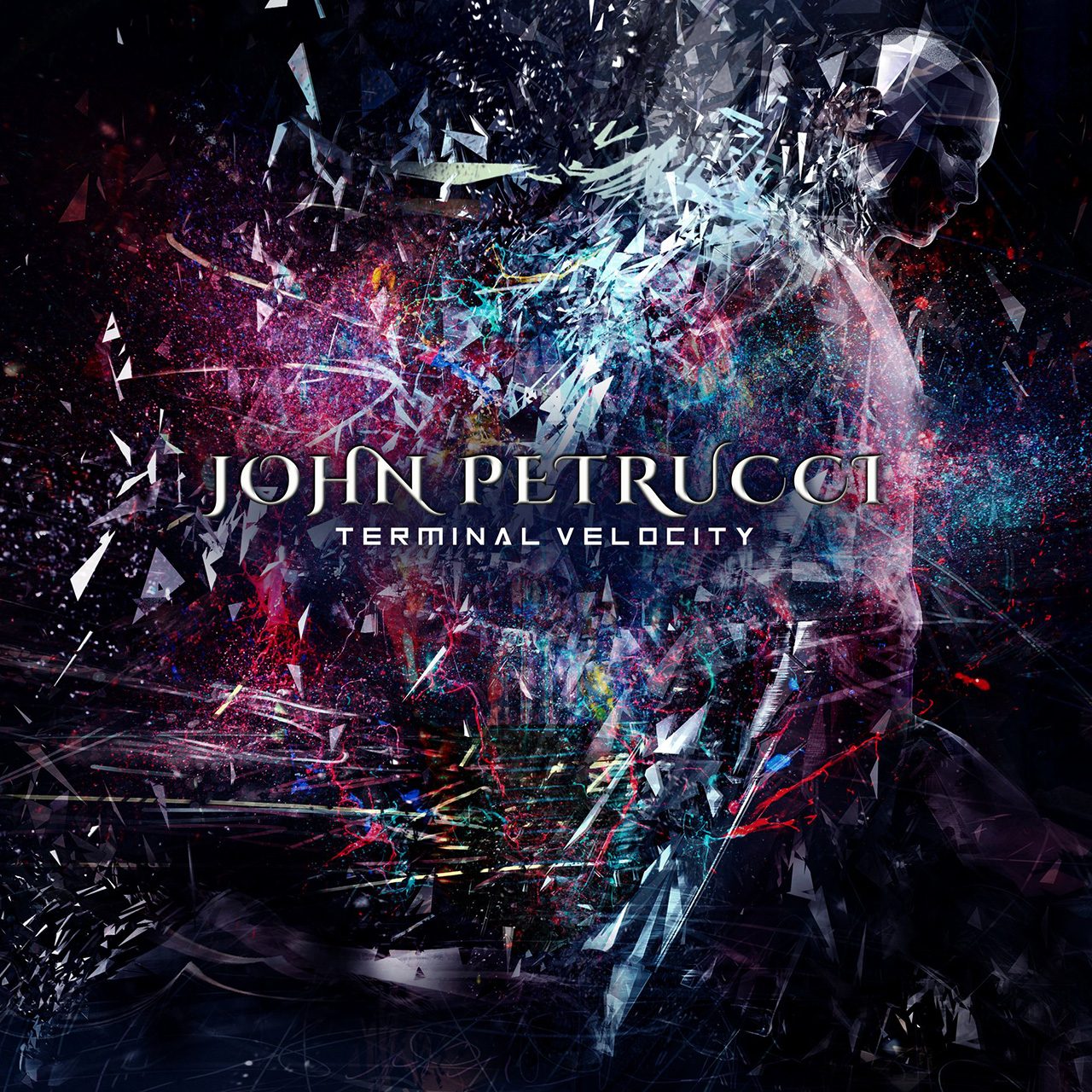You can trust Louder
John Petrucci doesn’t release solo albums on a regular basis. In fact, it’s been 15 years since his debut album, Suspended Animation. So, one would hope that Terminal Velocity would be an event full of virtuosity and creative momentum. Guess what? Thankfully, it is.
Petrucci has reunited with bassist Dave LaRue, who appeared on Suspended Animation. But what really captures the listener’s imagination is that the drummer here is none other than his former bandmate Mike Portnoy. It’s the first time the pair have played together since 2010, when the drummer quit Dream Theater. The collaboration has prompted inevitable speculation about where this mini reunion might eventually lead. However, that really shouldn’t be allowed to overshadow what Petrucci has achieved on this instrumental journey.
Of course, the centrepiece is his guitar ability. But rather than running riot delivering a battalion of dazzling, overcomplicated and overly long solos, he’s kept everything tight and allowed these delightfully eclectic compositions to shine. If the title track bends towards Steve Vai in his Passion And Warfare period, then Happy Song nods firmly in the direction of Rush during their Permanent Waves era, as Petrucci fires off a series of melodic phrases, even adding a subtle reggae inflection. Gemini has a majestic stride; Petrucci proves a master of high speed technique, before allowing flamenco accents to proffer something more exotic. And Out Of The Blue dips into a more blues oriented feel. It’s here that the way in which Petrucci and Portnoy are so skilled at playing off one another is fully connected. The latter’s unerring command of what’s needed is clear, and this gives the former a platform from which to stretch out.
Glass Eyed Zombies is the closest we get to a direct Dream. Theater path. It could have been on Octavarium. But this isn’t a criticism. The trio here handle it in a way that allows the performance to transcend such comparisons. You can appreciate Petrucci’s love for George Harrison on the chiming The Way Things Fall. And Snake In My Boot drifts welcomingly towards Blue Öyster Cult, with Petrucci taking inspiration from Buck Dharma. Finally, Temple Of Ciradia encapsulates the diversity and ingenuity of what the guitarist has done on the previous eight tracks, but does it superbly in a little over seven minutes. It explodes into action, then is calmed to explore different musical nooks and crannies, before ending on a crescendo.
We’ve waited a long time for Terminal Velocity. If it takes 15 years for Petrucci to deliver quality like this, roll on 2035.
Sign up below to get the latest from Prog, plus exclusive special offers, direct to your inbox!
Malcolm Dome had an illustrious and celebrated career which stretched back to working for Record Mirror magazine in the late 70s and Metal Fury in the early 80s before joining Kerrang! at its launch in 1981. His first book, Encyclopedia Metallica, published in 1981, may have been the inspiration for the name of a certain band formed that same year. Dome is also credited with inventing the term "thrash metal" while writing about the Anthrax song Metal Thrashing Mad in 1984. With the launch of Classic Rock magazine in 1998 he became involved with that title, sister magazine Metal Hammer, and was a contributor to Prog magazine since its inception in 2009. He died in 2021.


